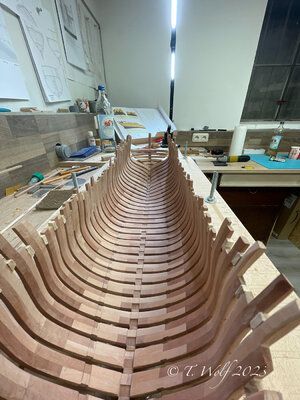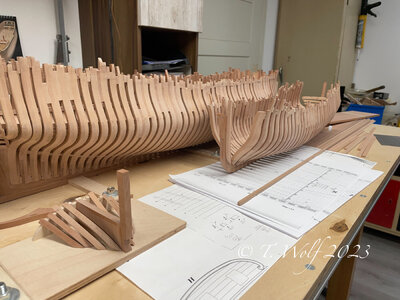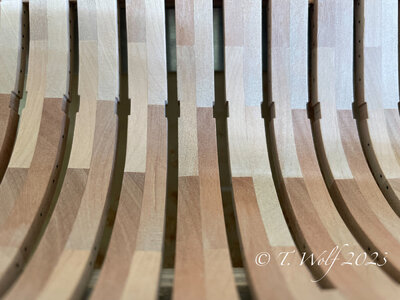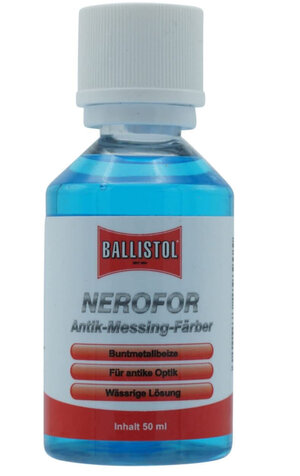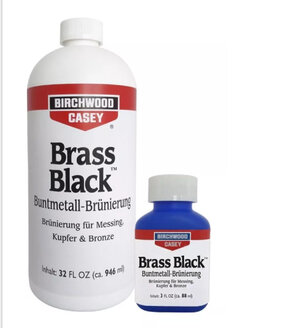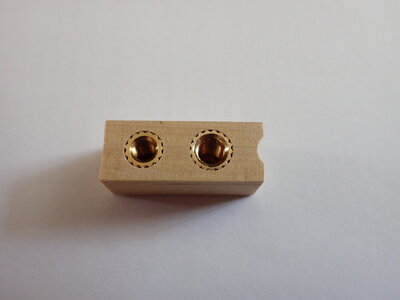Ich benutze die auch. Aber sagt mir, warum M6 oder M8? M2 - M4 funktioniert einwandfrei. Wir bauen ein Modell, keine Möbel oder Stühle.
Je mehr Holz um die Gewindeeinsätze herum ist, desto stärker ist das Teil.
Hello Stephan, that was only briefly out of my shopping cart at Amazon and the M6 were stored there. For La Palme and Le Rochefort I used M3, I bought the set with different sizes.
Hallo. Hervorragende Arbeit! Was verwenden Sie, um Nägel mit quadratischem Querschnitt zu simulieren? Vielen Dank im Voraus!
Albert (I assume that Alberto is right) to your question, I use brass wire, which you can buy as a square, in this case it is 0.6mm. I believe I have the link to this in the La Palme report.
Post in the thread 'POF La Palme (L'Amarante) Corvette 1744 1:36 (Ancre Monograph) by Tobias'
https://shipsofscale.com/sosforums/...36-ancre-monograph-by-tobias.9295/post-249676
Last edited:







